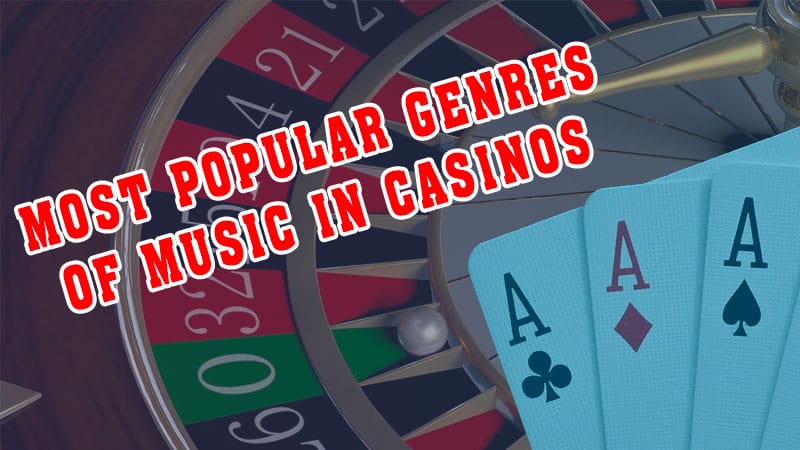Few instruments out there can make us think of the beach, summertime, and joyful moments as much as ukuleles. Contrary to popular beliefs, a ukulele is not just a toy or a miniature guitar. In fact, it’s a formidable instrument with a rich history and its own unique musical profile.
Now, we all know about the benefits of learning and practicing an instrument – it makes us happy, reduces stress, improves coordination, boosts brain power, memory, and much more. A ukulele fulfills these goals, all in a compact and cheerful form factor!
So, before taking up the instrument, here’s a useful guide to help you learn everything there is to know about the ukulele.
Brief History and Origins
Even if you find history boring, knowing where this instrument came from will certainly you appreciate it better. The ukulele originated in Hawaii throughout the 1880s. Back then, the island was one of the world’s largest producers of sugarcane.
To keep up with the demand, Hawaii welcomed thousands of laborers from Portugal who brought with them a small musical instrument known as machete de braga. The locals adapted it and came up with the ukulele, which literally means ‘jumping flea’.
It bears its name due to its small size and the fast finger picking motions used to play it. The instrument soon became an instant hit and spread to all four corners of the world.
Anatomy of the Ukulele
While it’s technically not a guitar, the ukulele shares many similarities with its greater cousin. It’s composed of a solid body that makes the notes resonate, a neck with strings that run along it, and essential hardware.
However, standard ukuleles come equipped with only four strings to produce the G, C, E, and A chords. Just like on a guitar, though, the hardware is composed of the nut which holds the strings in place at the top, tuning machines to help adjust the notes, and a saddle and bridge at the bottom for support.
The Different Types of Ukuleles
You’ll find four main types of ukuleles. These include the soprano, concert, tenor, and baritone. Of course, each has its own properties, characteristics, size, and sound profile. While a tiny soprano will produce light, cheerful tones, a bigger baritone will produce warmer and more complex notes.
For absolute beginners, the ukuleles used for concerts are perhaps the most versatile type and offer a great entryway to learn the instrument. In any case, with some bit of research, you’re bound to find specialized and informative online reviews that will help you choose the best model suited for your budget and needs.
What Makes a Good Ukulele
The sound quality of a ukulele will ultimately depend on its materials and construction. As with any instrument, excellent craftsmanship ensures that the ukulele is well-built, sturdy, and emits the optimal musical grain.
Traditionally, these instruments are made with tonewood. While koa is the original material, other popular options include maple, mahogany, and such. That’s why it’s important not to settle for an entry-level model if you’re really interested in learning the ukulele. Generally speaking, a decent model can set you back anywhere between $50 and $200.
Learning Curve
Despite its compact and jolly appearance, the ukulele is definitely not an easy instrument to learn. That perhaps is the greatest misconception about it. As a matter of fact, it can take weeks, if not months of practice to master the basic tenets of the ukulele and manage to strike those chords properly.
It’s also good to have knowledge of musical theory as this will make the whole learning process considerably easier. You can acquire specialized books, watch tutorials online, or take private lessons for better and more consistent progress. In any case, prepare yourself for the long haul!
Electric Ukuleles
Last but not least, many music enthusiasts in the crowd will be pleased to know that ukuleles also exist in modern electric variants. This is especially practical if you want to connect it to an amp and experience playing the instrument with a whole new dimension. Strumming techniques and chord patterns remain pretty much the same.
Despite the fact that they’re often overlooked, ukuleles possess some of the most recognizable tunes among all instruments. Their produced sounds inspire joy, happiness, and a feeling of cheer.
That said, don’t let yourself be fooled. Its portable size and good vibes actually conceal an instrument that has a pretty steep learning curve. Now, with all this practical knowledge in mind, you’re reading to start your journey and acquire your very first ukulele!




